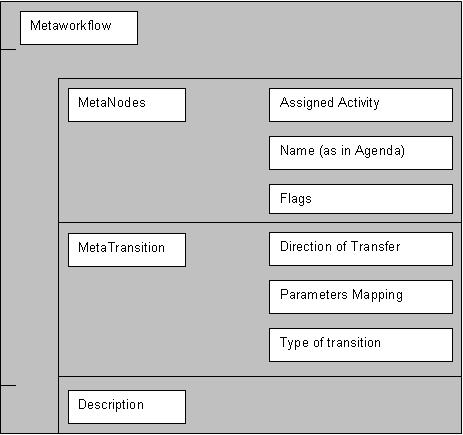How It Works
A workflow is a collection of nodes which are connected by transitions.
Note: Workflows are created and configured in the Workflow Creation Tool, which is an easy-to-use graphical tool that can be used by Valemation customizers or workflow administrators.
Nodes
Each node holds an activity. The activities are the building blocks of functionality provided by Valuemation. Typical activities are:
- Open a Catalog
- Open the Business Object Editor
- Save the Business Object
- Send an E-mail
- A script which can contain any action which can be coded in the script language (i.e. Jython – a JAVA dialect of Python)
- Etc.
Some activities require a user interaction to complete, others can complete without involving the user at all.
A node is also given a name which helps to describe its function within the workflow.
Transitions
The nodes (and thus the activities) are connected by transitions. Transitions pass values between nodes and can trigger a node by providing the information it needs to start. A transition carries the output parameter from one node to the input parameter of the next node. A transition has a direction in which the data travels. There are different types of transition which influence whether and when the target node may start to execute.
The transitions thus facilitate the sequencing of nodes and activities. Data flows through transitions.
Structure and Properties of Metaworkflows

Information held by the workflow